Zuckerberg’s billion-dollar investment in VR & AR: Meta, Apple, Snap & Co.
From VR glasses and the metaverse to new virtual and augmented reality glasses: When will Zuckerberg’s breakthrough come? Marc Zuckerberg is investing billions in virtual and augmented reality to free Meta from its dependence on Apple and co. With new devices such as the VR glasses “Quest” and the AR prototype “Orion”, Meta is targeting the future of technology. Snap also remains in the race with the new “Spectacles”.
Why is Meta investing so much in VR & AR?
Facebook once started out as a simple social network. It runs on devices from Apple, Samsung and others. However, this dependence on the hardware giants, especially Apple, bothers Meta. Marc Zuckerberg wants to get his own devices into the hands of users. This is why Meta is focusing on the development of VR and AR technologies.
What’s the next big thing after the smartphone?
Goal: What is the metaverse?
The Metaverse is a virtual, digital world that extends the internet into an interactive 3D environment. Users can interact, work, play and share social experiences in real time while using virtual avatars and digital goods. It combines virtual reality (VR), augmented reality (AR) and social networks to create an immersive experience. The aim is to create a fully connected, digital parallel world that goes beyond traditional screens.
Zuckerberg sees the future primarily in virtual reality (VR) and augmented reality (AR). But what exactly do these technologies mean?
Metaverse = VR environment of Meta
A video says more than a thousand words!
VR = Virtual Reality
Virtual reality (VR) is a technology that enables users to immerse themselves in a completely digital, computer-generated world. With the help of VR headsets and controllers, users can enter this artificial environment, interact and enjoy an immersive experience. In the VR world, you can walk through digital rooms, play games or even work. Although the technology is impressive, current VR devices are still often bulky and heavy, which has so far limited their distribution in the mass market. However, the potential applications are diverse – from gaming and education to medical research.
AR = Augmented Reality
Augmented reality (AR), on the other hand, adds digital elements to the real world. AR superimposes visual information, such as images or holograms, over what the user sees in their actual environment. This can be done using special AR glasses or simply using a smartphone. Well-known applications of AR are Snapchat filters or navigation with Google Maps, where information is projected directly over the real environment. While VR immerses the user in a completely digital world, with AR you remain firmly anchored in the real world, enriched with digital information.
As of 09/24, the price is almost $250 and a look at the 3-year chart also shows that Zuckerberg’s ideas are finding favor somewhere.
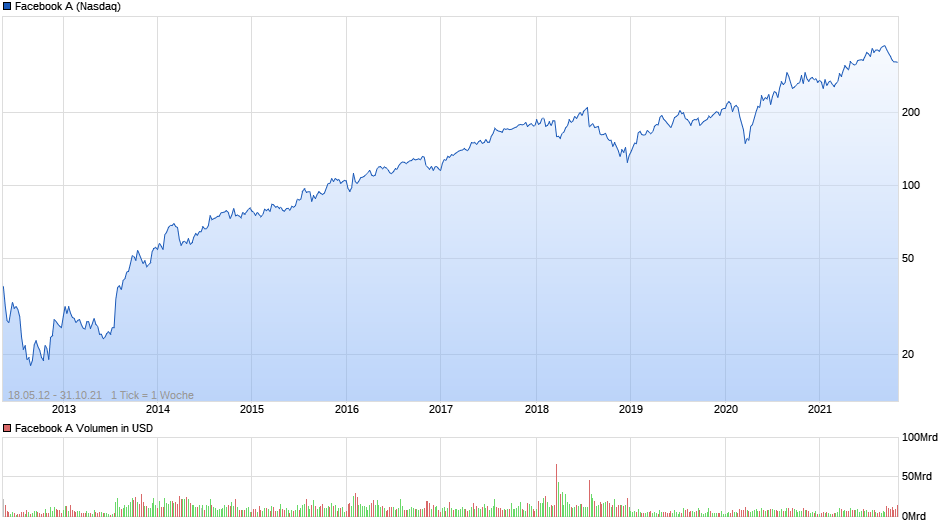
“Quest”: The 2kg VR monster
Zuckerberg has already taken a few steps towards the metaverse with the “Quest” VR glasses. But to be honest, who wants to put a two-kilogram device on their head permanently? Although the Quest technology offers impressive VR experiences, the clunky design remains an obstacle for the wider market. VR goggles have been around for more than 20 years, but apart from gamers and technology enthusiasts, acceptance is still low. For many users, the experience is simply not comfortable enough. Nevertheless, the Quest marks an important milestone in the development of virtual reality, even if the breakthrough is still a long way off.
Current model version 3
“Orion” VR & AR glasses, even better
With the “Orion” prototype, Meta shows that they want to take their VR and AR technology to the next level. The first prototype costs a hefty 10,000 dollars, but as with any technology, the price will fall over time. “Orion” is a lightweight and smart pair of glasses that combines both VR and AR functions. These glasses make it possible to project holograms into the real world and interact via neurally controlled interfaces. Even though they are still in the development phase, they offer a fascinating glimpse of what could be possible in the coming years.
- Read more about Meta “Orion” here
Meta is not alone: Snap’s “Spectacles”
While Meta has its eye on the future with “Orion”, Snap is not sitting idle either. With the new “Spectacles”, Snapchat shows that it is continuing to focus firmly on AR experiences. Although the new version of the Spectacles is chunkier than previous models, it offers exciting approaches to integrating augmented reality even more into everyday life. The glasses are initially aimed at developers and should enable new applications for AR filters and digital experiences in the future. Snap has already shown in the past that they can successfully establish AR in social media, which gives them a clear advantage in this emerging technology.
- Read more about Meta “Orion” here
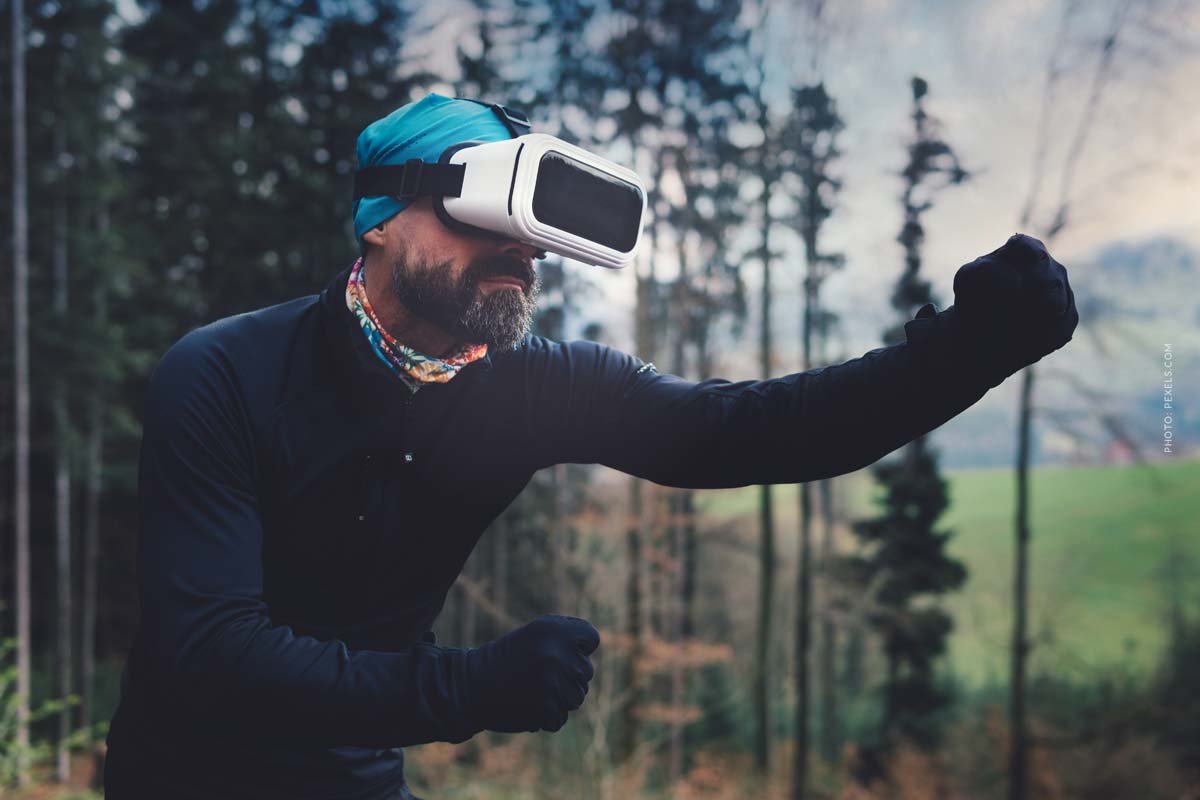


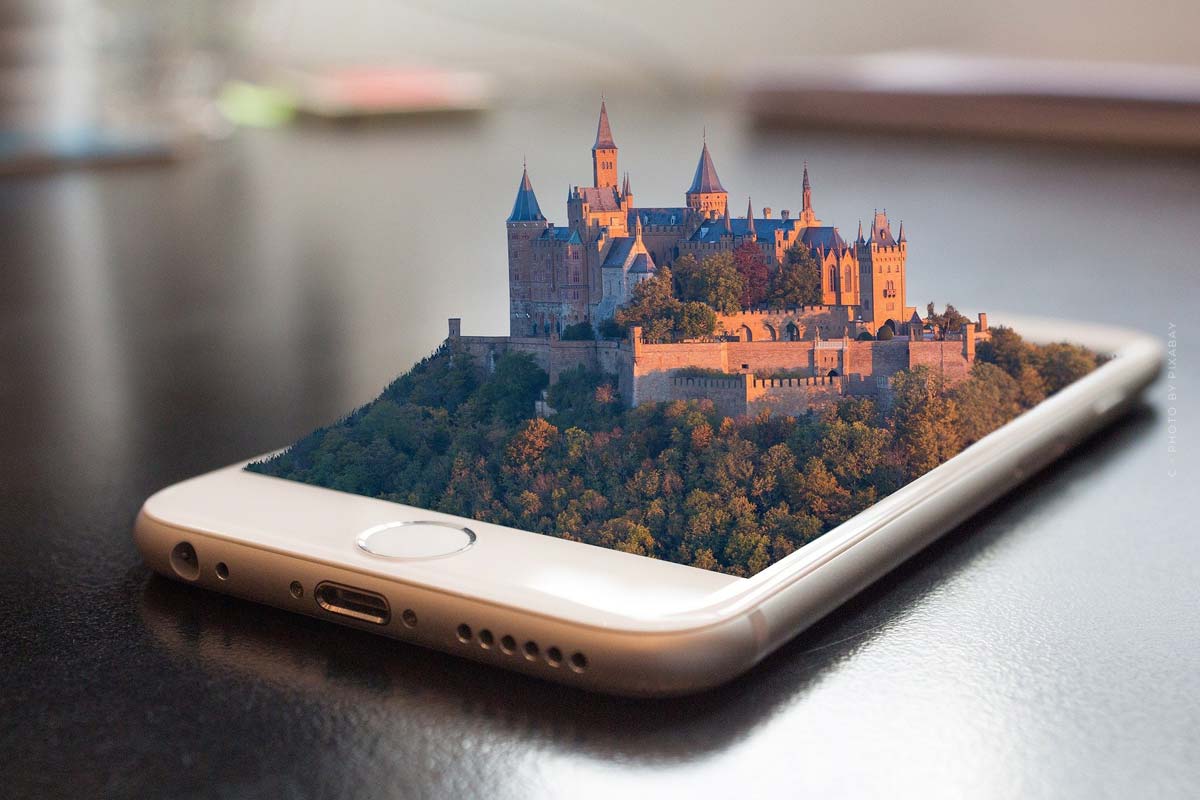
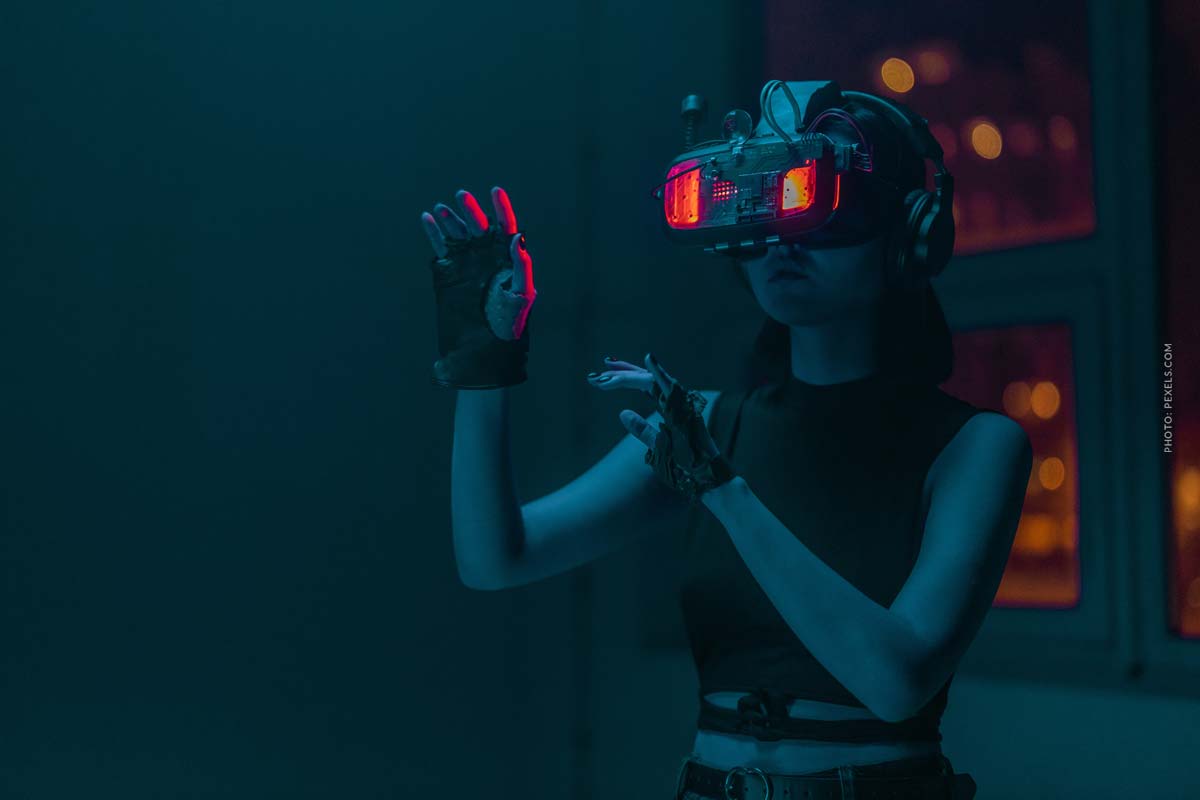



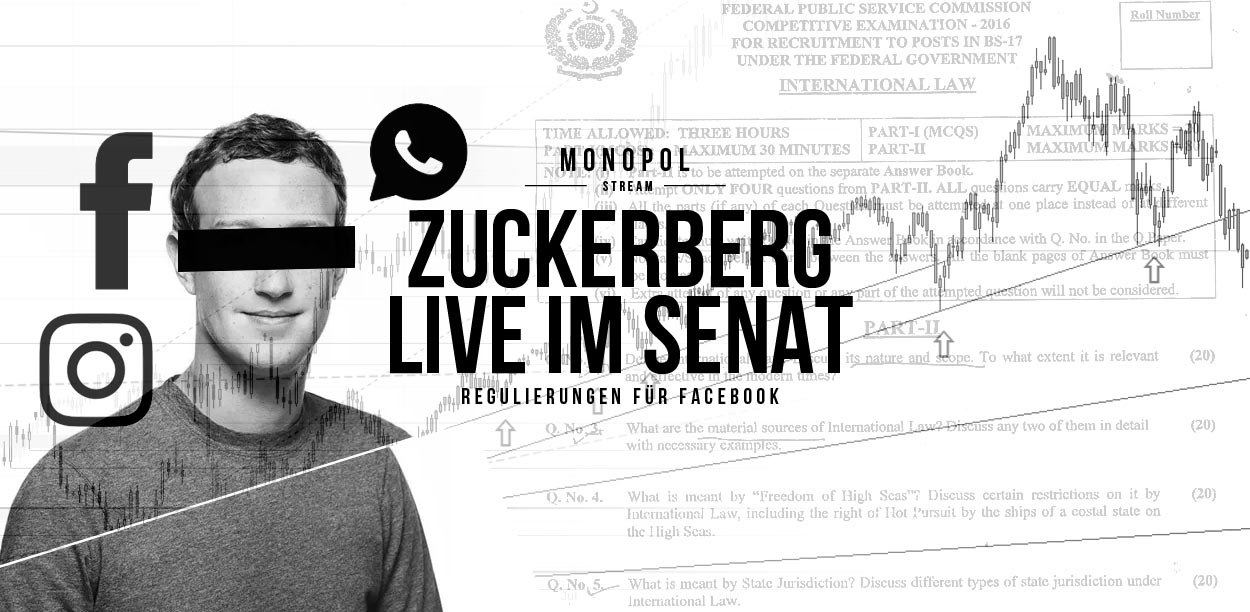

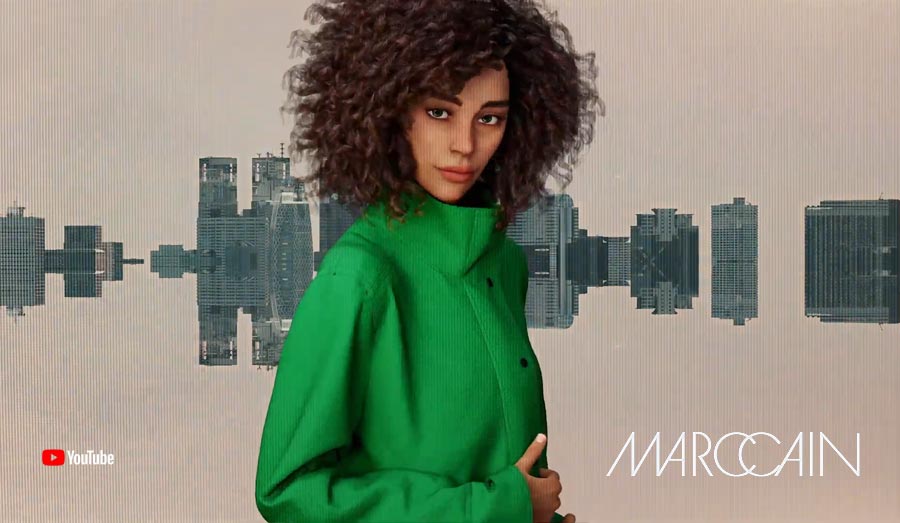

 4.9 / 5.0
4.9 / 5.0